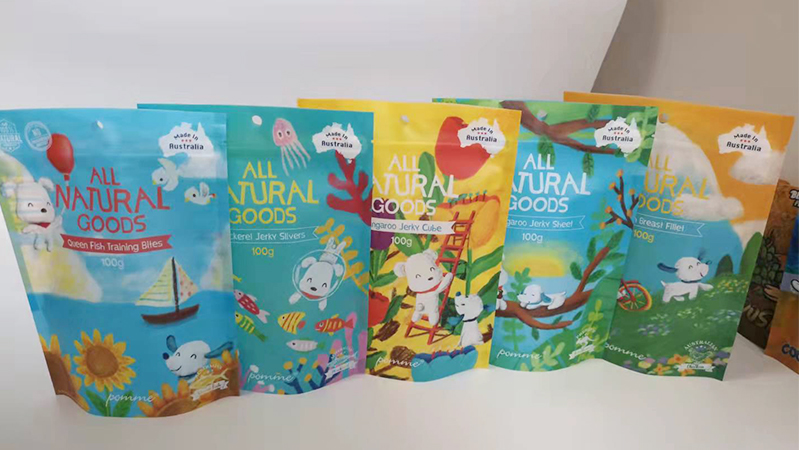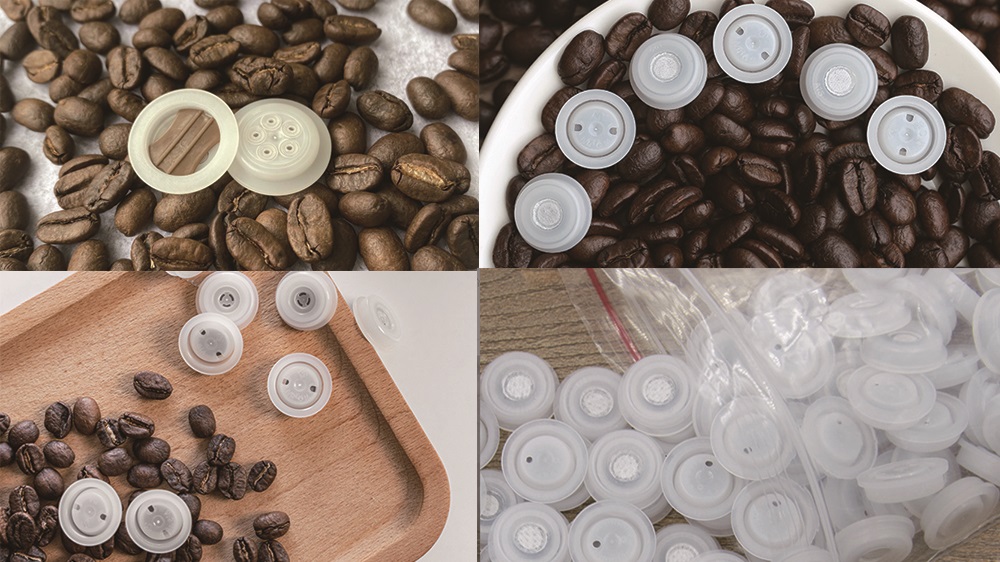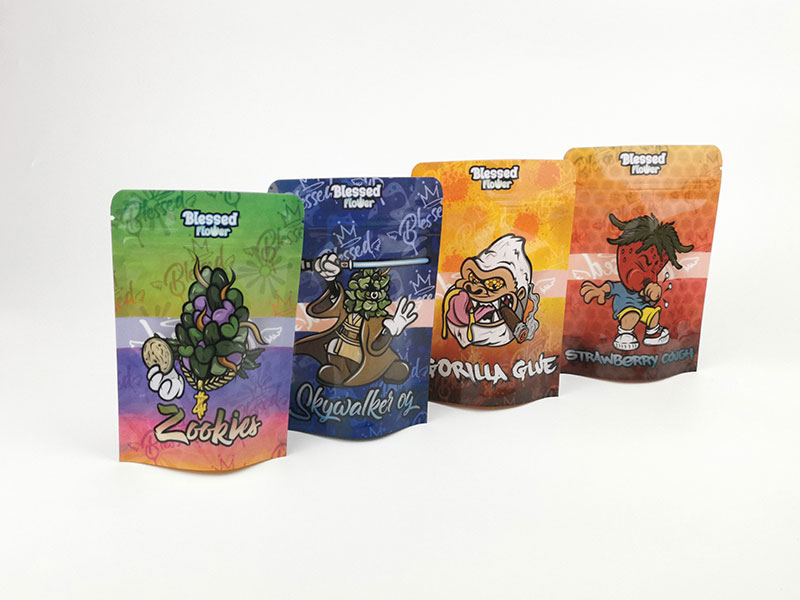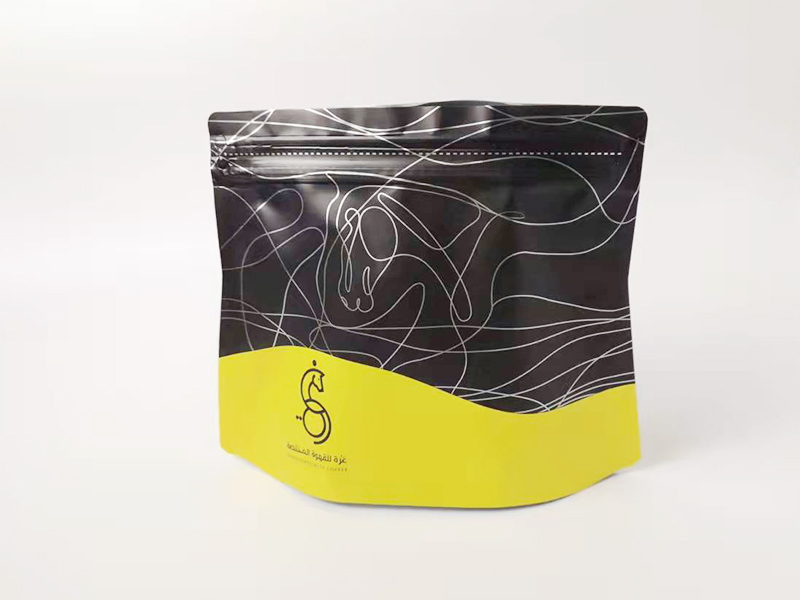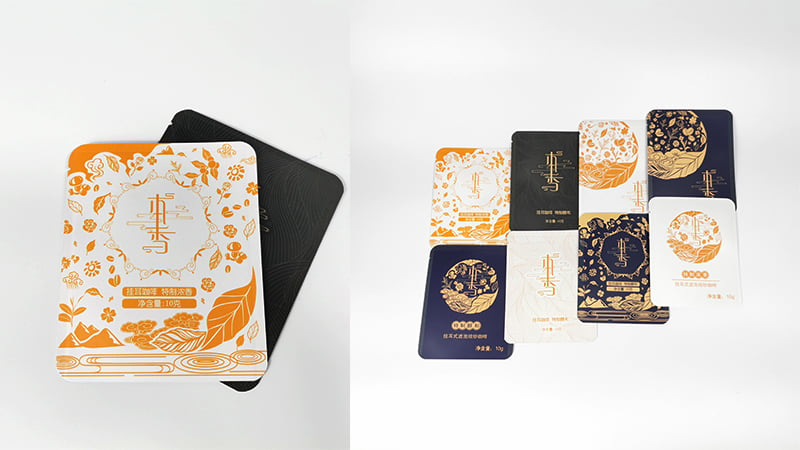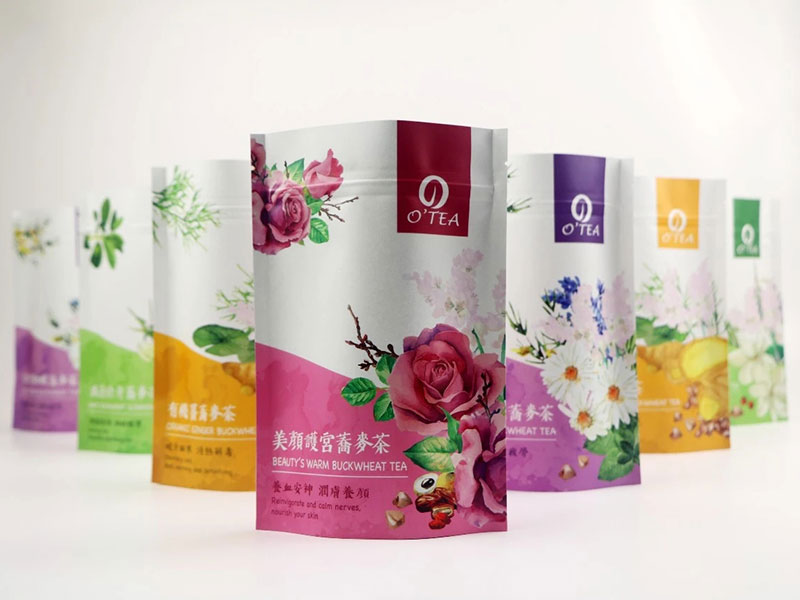- Introduction
the Importance of Packaging Choices for Businesses on a Budget
Packaging plays a vital role in business operations, from product protection to cost-effectiveness and branding. Small businesses can gain a competitive advantage by choosing packaging solutions that meet customer expectations and industry standards.
In daily life, flat bottom bags and side gusset bags are common in coffee shops and supermarkets. They are usually equipped with one way valves and resealable zippers, which can better maintain the freshness of coffee, and have a larger capacity than stand up pouches, which can easily hold 1/2 pound, 1 pound or even more weight of coffee beans or coffee powder.
For small businesses, packaging is not only a vehicle to ensure that products arrive safely from point A to point B, but also a key window for customers to form their first impression of the company. However, given that small businesses usually face challenges of tight budgets, how to achieve both economical and efficient packaging solutions with limited resources?
In this article, we will introduce low-cost packaging strategies suitable for small coffee businesses.
- Background (feature)
First, I believe most people are familiar with flat bottom bags, also known as block bottom bag, box pouch and square bottom bag. This type of bag has four side seals at the bottom, which can stand up on the shelf and is flat to provide maximum stability. And the five sides of the bag can be printed, which makes the product information description and pattern design richer.
![side gusset bag for coffee bean]()
Secondly, what is a gusset bag?
The gusset bag is a modified flat bag, that is accordion bag, side gusset bag or cushion bag. The two sides of the original flat bag are folded inward to reduce the exposed area of the two sides. Under the premise of ensuring the capacity, type of packaging is changed, thereby reducing the space occupied by the packaging bag, making it easier to store and carry. The gusset bag expands from the original oval to a rectangular shape, which is close to a rectangular shape, making it square and full and more capacious.
They are both a popular choice for dried fruit packaging, pet food packaging, dog treats packaging, tea packaging and coffee beans packaging.
- Cost Analysis: Flat Bottom vs. Side Gusset
Manufacturing Complexity
The production process of flat bottom bags is relatively complicated and requires higher technical and equipment requirements, which also increases its production cost.
Printing Equipment debugging cost - The debugging cost for flat bottom bag is much more complicated than the side gusset bag, requiring a lot of ink, materials and labor time to debug the digital press.
![digital printing press2]()
Material Costs
In fact, the next point I am going to analyze is the main reason for the cost difference between the two.
Before printing, we should finish the packaging die line, that is drawing template. The die-cut template of various packaging bags are different.
So, what kind of typesetting and printing method is more material saving? Let's compare the diagram template of flat bottom bag and side gusset bag, and you can immediately understand why the printing cost of gusset bag is more favorable.
![diecut of flat bottom pouch]()
From the template diagram of the flat-bottom bag #1, we can know that the bottom, front and back are arranged on a piece of area and can be printed at the same time, that is, printing these three sides needs to be printed once on the HP Indigo 20000 Digital Press; and the left and right sides need to be printed separately into a roll at the same time, that is, printing these other two sides needs to be printed a second time on the HP Indigo 20000 Digital Press. In other words, it takes two prints in total, that is, two rolls to print the five sides.
![diecut of side gusset pouch]()
Refer to Figure #2, the five sides of the gusset bag, including the seal part, are all printed into one roll at the same time, in other words,it takes only one print in total, that is, one roll to print the five sides.
The cost of digital printing is the main cost. The more times it is printed, that is, the more rolls there are, the higher the cost; On the contrary, if it only needs to be printed once, the cost will be greatly reduced.
Packaging & Shipping: Compare weight and the volume
In the case of the same capacity, since the material area of the flat-bottom bag is larger than that of the gusset bag (the sides and bottom need to be folded inward, so the flat thickness of the flat-bottom bag after folding will be thicker than that of the gusset bag), the overall weight and volume of the goods are much larger. In terms of transportation, the freight will also be more expensive.
- Flat Bottom Bags still Be Worth It
However, the flat bottom bags still has a lot of value and is a good choice for coffee beans or coffee ground merchants.
Premium Branding
The flat bottom bag has 5 printing sides, which are sufficient to describe the product or language product sales, and can be used for global sales product promotion. Product information display is more complete. It has a beautiful appearance and a strong promotional effect. The flat Bottom Bags is a specialty coffee bag that has been used more frequently in recent years.
Specialty Coffee
Premium coffee beans require more functional packaging, such as installing a one-way valve and a zipper. Flat bottom bags with zippers have a unique advantage:
1) Sealing - Zipper bags can effectively isolate air, moisture and external contamination through their unique closed design, thereby maintaining the freshness and quality of coffee beans. This sealing can significantly extend the shelf life of coffee beans and prevent the influence of moisture and odor on beans.
2) Convenience - Users only need to press the zipper tightly with their hands to achieve a seal. This operation method makes zipper bags very suitable for home use and quick needs in daily life.
3) Easy-tear zipper - After tearing the easy-tear strip, the zipper can be exposed, but the product is not directly exposed. This design can avoid damage to the top and ensure the integrity of the package.
- Conclusion
![side gusset bag2]()
In recent years, the rise of side gusset bags has gradually become a packaging choice for the coffee industry. This article analyzes the reasons why accordion bags are more cost-effective from three perspectives:
1) Material Costs - Through the die-cut template comparison, it can be seen that the material area of accordion bags is smaller than that of flat-bottom bags;
2) Manufacturing Complexity - Through the knife line diagram comparison, it can be seen that accordion bags have fewer digital printing times than flat-bottom bags, which greatly reduces printing costs;
3) Packaging & Shipping: Under the same capacity, the weight and volume of accordion bags are smaller than those of flat-bottom bags, which greatly reduces transportation costs.
If you have concerns about the cost of flat-bottom bags, why not try side gusset bags! Welcome to contact us to get the quotation for your coffee gusset bags!


